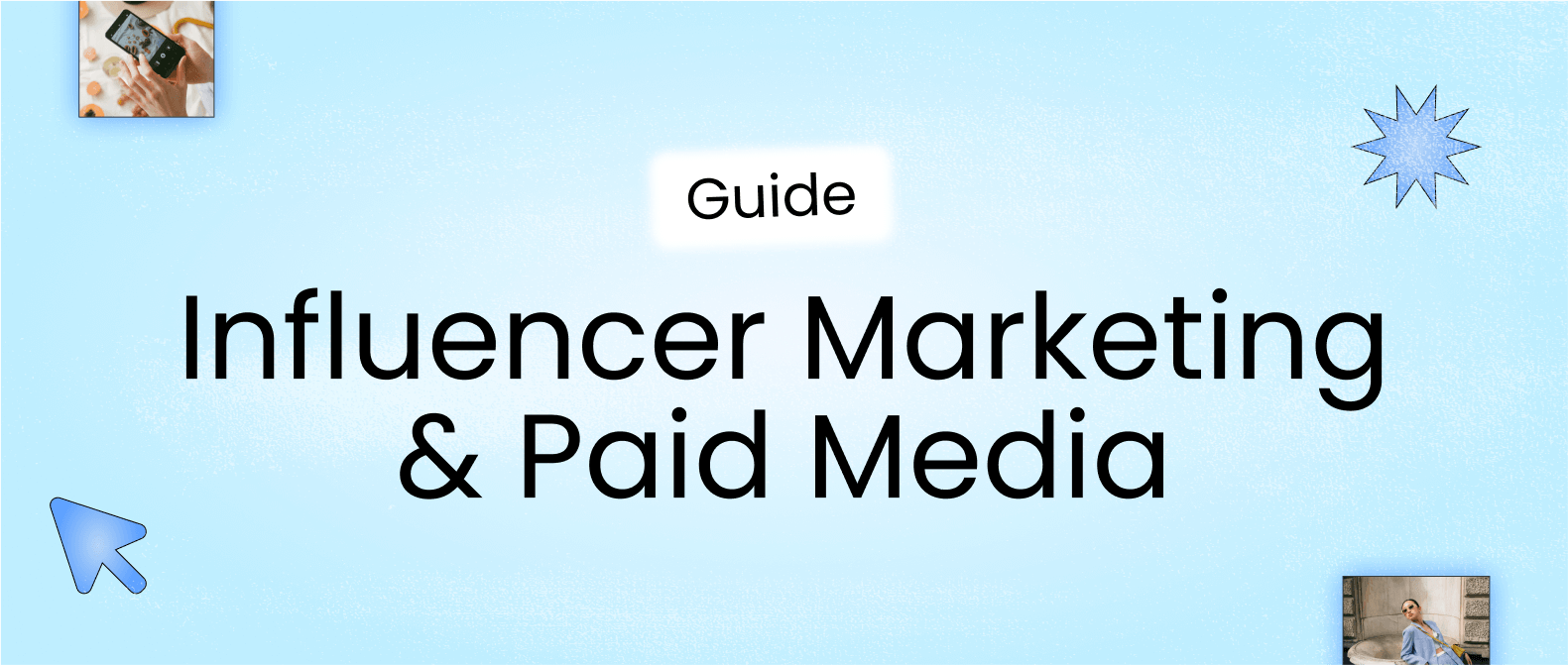Guide
Influencer Marketing & Paid Social Media: Why You Should Use Both

Enter your details
How to Use Later’s Influencer Marketing and Paid Media Guide
Learn about the benefits and challenges of paid media
Discover which is more effective: paid media or influencer marketing
Find out how to utilize paid media tactics and integrate them into influencer marketing campaigns
Get advice on how to budget for paid media spending
Learn how to measure paid media and influencer marketing campaign successes
Eager to use paid media and influencer marketing in tandem but not sure where to start? Download our influencer marketing and paid media guide — for free.
Paid Media and Influencer Marketing 101
Influencer-generated content is the perfect addition to paid media campaigns.
Created by industry experts, Later’s Guide to Influencer Marketing & Paid Media demonstrates how both strategies work together to achieve strong ROI.
Download the free guide to learn how to level up your brand’s influencer marketing strategy with paid media.
Created by Pros

Later Team
Later's team of social media experts have a wealth of experience in creating content for various channels, partnering with creators, and developing social strategies for brands around the world. From YouTube to Instagram; blog posts to newsletters; courses to reports, Later has got you covered with the latest social media trends, tips, and resources to help your brand grow.
Share
Influencer Marketing & Paid Social Media: Why You Should Use Both
Learn how influencer marketing and paid media work together to grow ROI.
Your Influencer Marketing & Paid Social Media: Why You Should Use Both is on its way to your inbox!
Can't wait? Download it here now.
Grow your revenue with trusted influencers.
